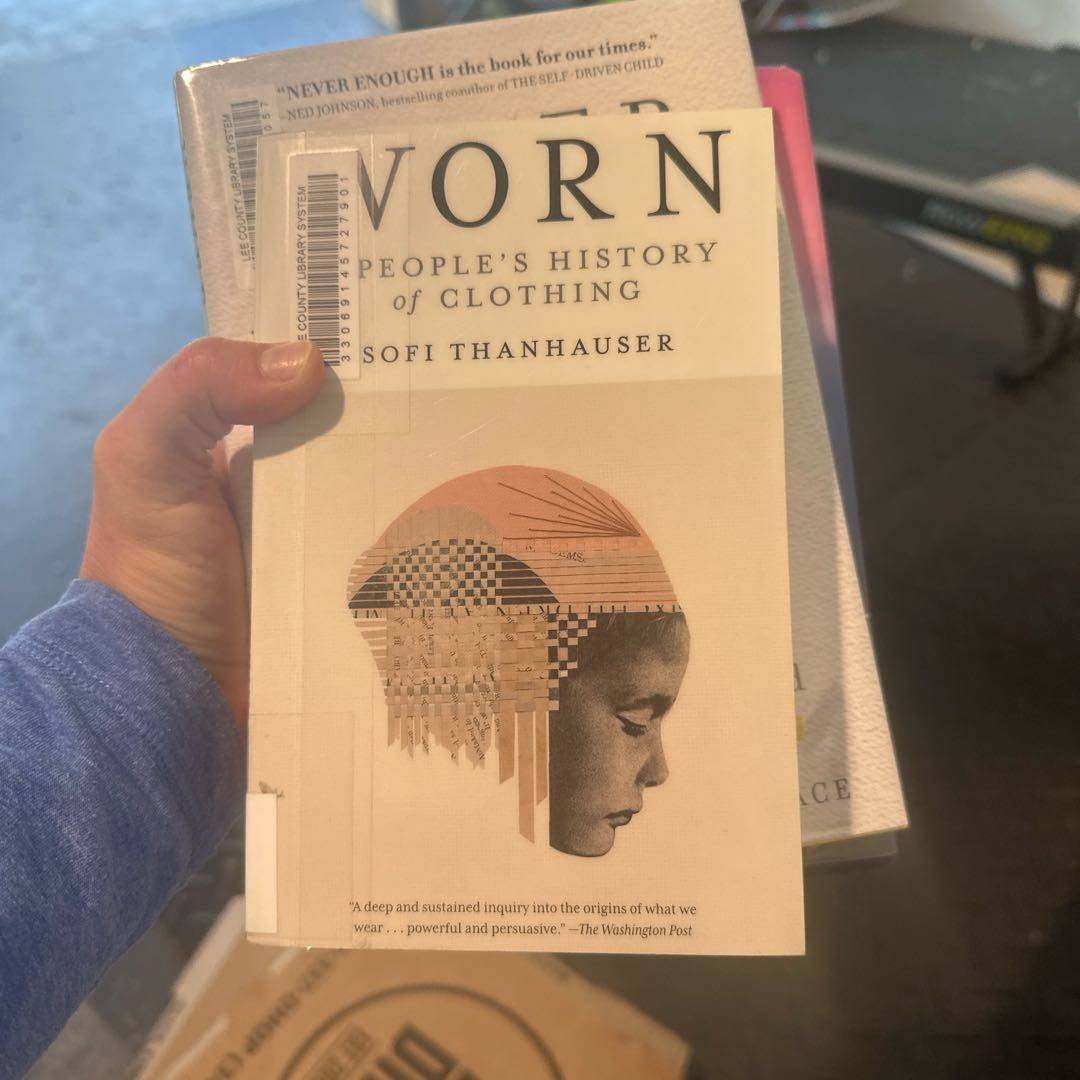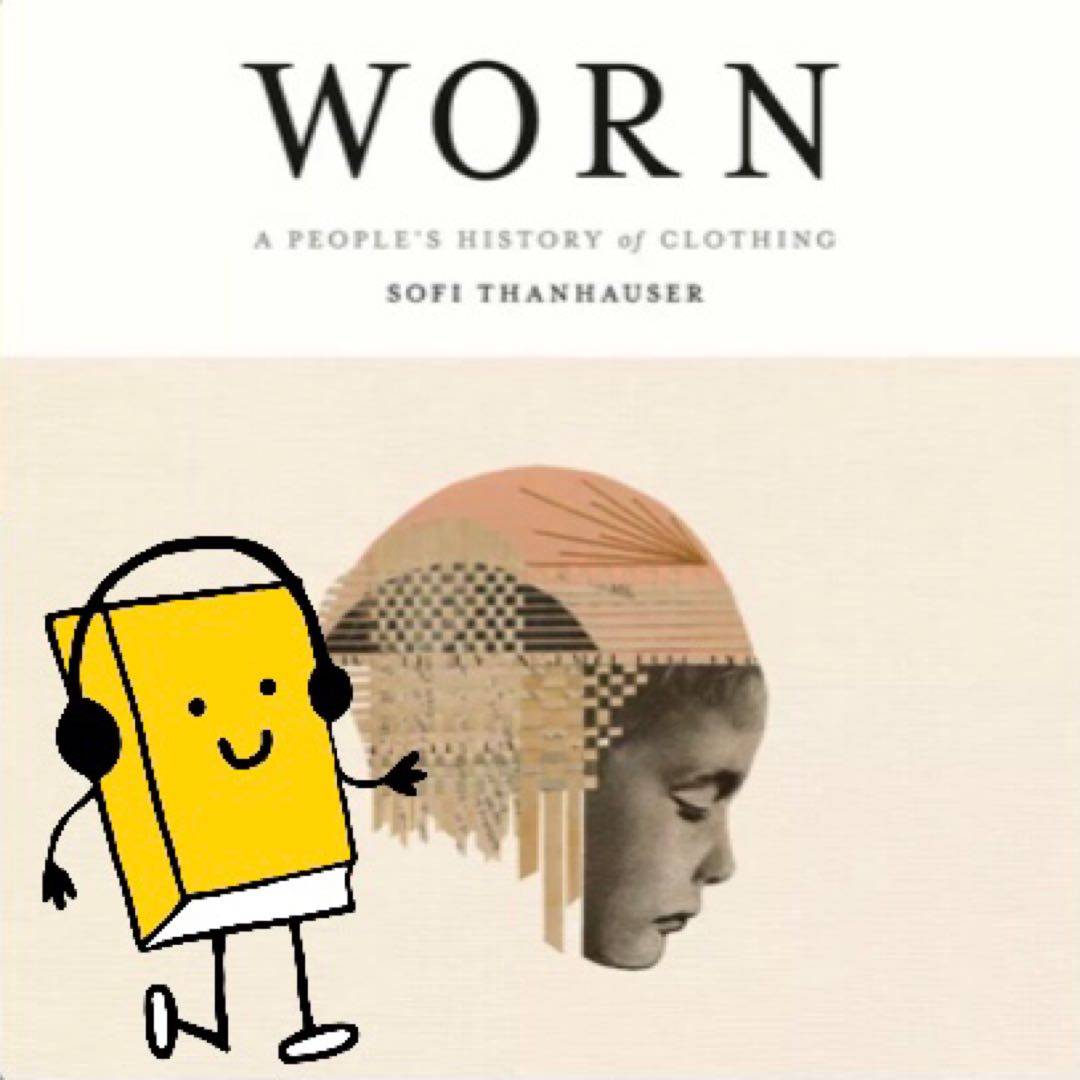
I‘m bailing on this. My library loan ended before I finished and the line to get it again is so long, I just don‘t have the patience to do it again. Interesting and informative but also very depressing.

I‘m bailing on this. My library loan ended before I finished and the line to get it again is so long, I just don‘t have the patience to do it again. Interesting and informative but also very depressing.

What an interesting concept and subject! We talk so often about carbon emissions and waste‘s negative impact on the planet—which is true—but rarely talk about manufacturing, planting, crops, etc and that effect on our society and pollution.

Linen, cotton, silk, wool and petroleum: these materials are what our clothing is made from. Sofi Thanhauser has written a lively cultural history of textiles, filled with interesting—often sobering—facts. I enjoyed the audiobook very much. It is narrated by Rebecca Lowman.

When we account for the water used to process, dye and finish the textile, it takes 20,000 litres of water to make a pair of jeans, enough to grow the wheat a person would need to bake a loaf of bread each week for a year.

Water consumption increased 6-fold over the 20th c, twice the population growth rate. Worldwide, agriculture uses more water than any other sector, well ahead of industrial & domestic consumption. But much of this agricultural water use isn‘t going toward food. It‘s going toward cotton. It takes 8,500 litres to make 1 kg of cotton, compared to 3,000 l to make 1 kg of rice, 1,350 l to make that amount of maize, or 900 l to make that much wheat.

By 1959, 100 million Orlon sweaters were sold annually. By the decade‘s end, half of all women‘s sweaters in the US were made from Orlon.

Fashions regularly commented on the politics of the moment, like the 1774 pouf à l‘innoculation, a headpiece that celebrated the vaccination of the king and helped promote the idea of vaccination.
(Internet image)

The first clothes were likely made of animal skins. Researchers using the DNA of lice have determined that humans most likely began clothing themselves in hides and pelts about 170,000 years ago.
(Internet image)